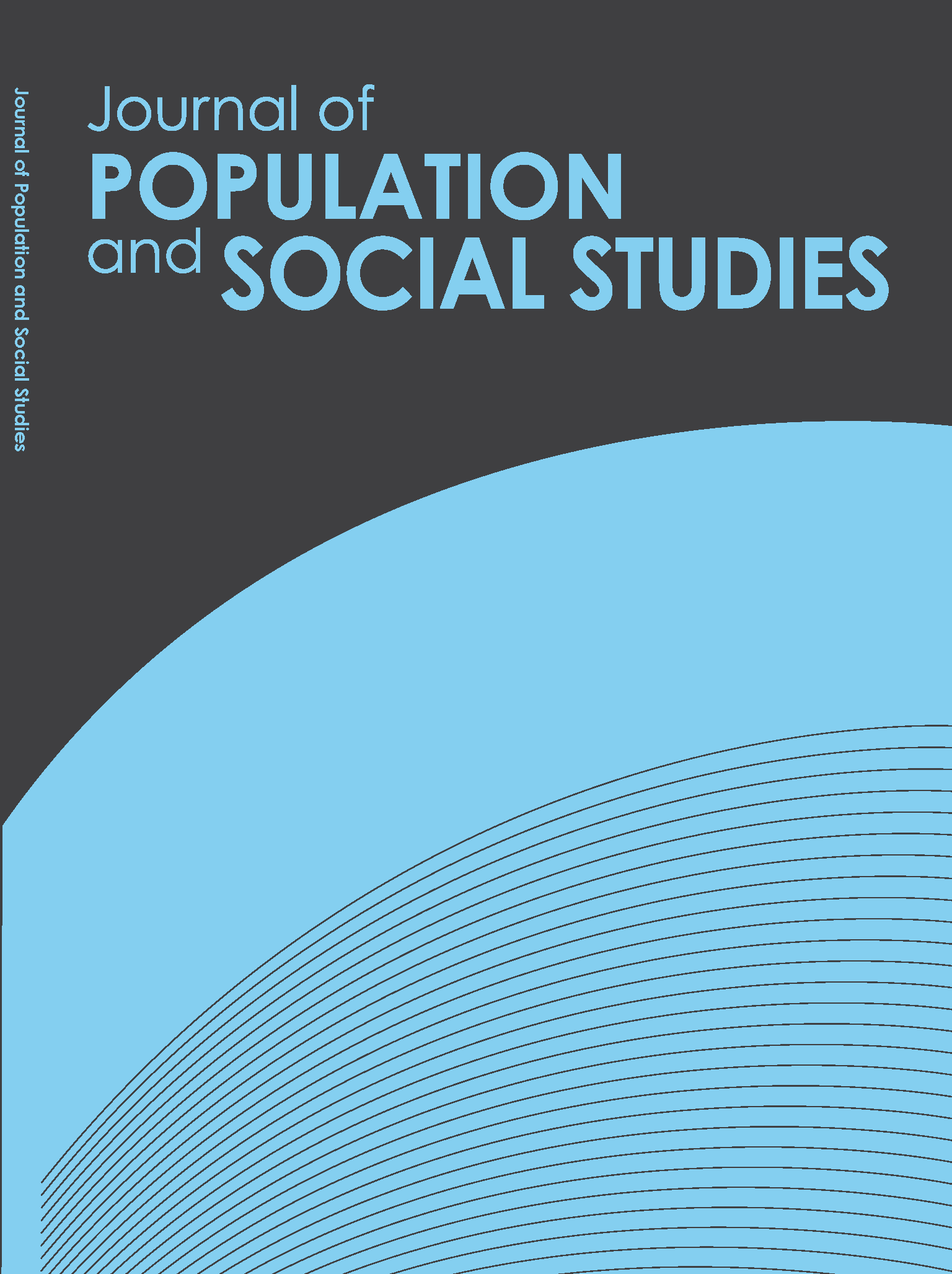Welfare Effect of Market Exclusivity Extension for Patented Medicines in Thailand: Analysis of the Effect of TRIPS-Plus Provisions
Main Article Content
Abstract
Under the free trade agreement negotiations with the United States and the European Union, Thailand, along with several developing countries, is required to enforce TRIPS-Plus provisions. Most developing countries claim that stringent intellectual property protection for pharmaceuticals would result in considerably higher prices for medicines, with adverse consequences for the health and well-being of their citizens. This paper empirically assesses the basis of these claims. Using a detailed product-level data set from Thailand, we estimate demand-side parameters together with key price and expenditure elasticities for a set of three main categories of antihypertensive drugs. We then use these estimates to carry out counterfactual simulations of what consumer welfare would have been, had Thailand enforced TRIPS-Plus. According to our estimation, the enforcement of TRIPS-Plus would result in a substantial accumulated consumer welfare loss to the Thai economy, ranging between 30 billion baht and 136 billion baht, within a 10-year period from 2012 to 2021. The magnitude of consumer welfare loss suggests that without clear and inclusive evidence regarding the merits of TRIPS-Plus in every aspect, Thailand should not accept any further intellectual property protection beyond the TRIPS mandates.
Article Details
References
Akaleephan, C. et al. (2009). Extension of market exclusivity and its impact on the accessibility to essential medicines, and drug expense in Thailand: Analysis of the effect of TRIPs-Plus proposal. Health Policy, 91(2), 174-182. doi: http://dx.doi.org/10.1016/j.healthpol.2008.12.009
Alston, J. M., Foster, K. A. & Green, R. D. (1994). Estimating elasticities with the linear approximate almost ideal demand system: Some Monte Carlo results. Review of Economics and Statistics, 76(2), 351-356.
Caves, R. E., Whinston, M. D., Hurwitz, M. A., Pakes, A. & Temin, P. (1991). Patent expiration, entry and competition in the U.S. pharmaceutical industry. Brookings Papers on Economic Activity, Part of a Special Issue on Microeconomics, 1-66. doi: http://dx.doi.org/10.2307/2534790
Chalfant, J. A. (1987). A globally flexible, almost ideal demand system. Journal of Business & Economic Statistics, 5(2), 233-242. doi: http://dx.doi.org/10.2307/1391903
Cockburn, J. & Pit, S. (1997). Prescribing behaviour in clinical practice: Patients' expectations and doctors' perceptions of patients' expectations: A questionnaire study. British Medical Journal, 315, 520-523. doi: http://dx.doi.org/10.1136/bmj.315.7107.520
Deaton, A. S. & Muellbauer, J. S. (1980). An almost ideal demand system. American Economic Review, 70(3), 312-326.
Department of Disease Control, Bureau of Epidemiology. (2006). Report on diseases under epidemiological surveillance system 2006. Nonthaburi, Thailand: Ministry of Public Health.
Ellison, S. F., Cockburn, I., Griliches, Z., & Hausman, J. (1997). Characteristics of demand for pharmaceutical products: An examination of four cephalosporins. The RAND Journal of Economics, 28(3), 426-446. Retrieved from http://econ-www.mit.edu/files/7214http://www.jstor.org/stable/2556023?origin=JSTOR-pdf
Fink, C. (2000). How stronger patent protection in India might affect the behavior of transnational pharmaceutical industries. Washington, DC: World Bank.
Green, R. & Alston, J. M. (1990). Elasticities in AIDS models: A clarification and extension. American Journal of Agricultural Economics, 72(2), 442-445. doi: http://dx.doi.org/10.2307/1242842
Gross, A. (2014). Thailand pharmaceutical market update 2014. Retrieved from http://www.pharmaphorum.com/articles/thailand-pharmaceutical-market-update-2014
Kanchanachita, C. (Ed.). (2013). Thai Health 2013. Nakhon Pathom:
Institute for Population and Social Research.
Kessomboon, N. et al. (2010). Impact on Access to Medicines from TRIPS-Plus: A Case Study of Thai-US FTA. The Southeast Asian Journal of Tropical Medicine and Public Health, 41(3), 667-677. Retrieved from http://www.tm.mahidol.ac.th/seameo/2010-41-3/23-4785.pdf
Lu, J. L. & Comanor, W. S. (1998). Strategic pricing of new pharmaceuticals. Review of Economics and Statistics, 80(1), 108-118. doi: http://dx.doi.org/10.1162/003465398557212
Maskus, K. E. & Konan, D. E. (1994). Trade-related intellectual property rights: Issues and exploratory results. In A. Deardorff and R. M. Stern (Eds.), Analytical and negotiating issues in the global trading system (pp. 401-454). Ann Arbor, MI: University of Michigan Press.
Moschini, G. (1995). Units of measurement and the Stone price index in demand system estimation. American Journal of Agricultural Economics, 77(1), 63-68. doi: http://dx.doi.org/10.2307/1243889
Muellbauer, J. S. (1975). Aggregation, income distribution and consumer demand. Review of Economic Studies, 42(4), 525-543. doi: http://dx.doi.org/10.2307/2296792
Muellbauer, J. S. (1976). Community preferences and the representative consumer. Econometrica, 44(5), 979-999. doi: http://dx.doi.org/10.2307/1911540
Nogués, J. J. (1993). Social costs and benefits of introducing patent protection for pharmaceutical drugs in developing countries. The Developing Economies, 31(1), 24-53. doi: http://dx.doi.org/10.1111/j.1746-1049.1993.tb00993.x
Subramanian, A. (1995). Putting some numbers on the TRIPS pharmaceutical debate. International Journal of Technology Management, 10(2&3), 252-268.
Watal, J. (2000). Pharmaceutical patents, prices and welfare losses: Policy options for India under the WTO TRIPS Agreement. The World Economy, 23(5), 733-752. doi: http://dx.doi.org/10.1111/1467-9701.00299
Wibulpolprasert, S. (Ed.) (2010). Thailand health profile 2008-2010. Bangkok: The Veteran Press.
World Health Organization. (2006). The world health report 2006: Working together for health. Geneva: WHO.
Zellner, A. (1962). An efficient method of estimating seemingly unrelated regressions and tests for aggregation bias. Journal of the American Statistical Association, 57(298), 348-368. doi: http://dx.doi.org/10.2307/2281644


